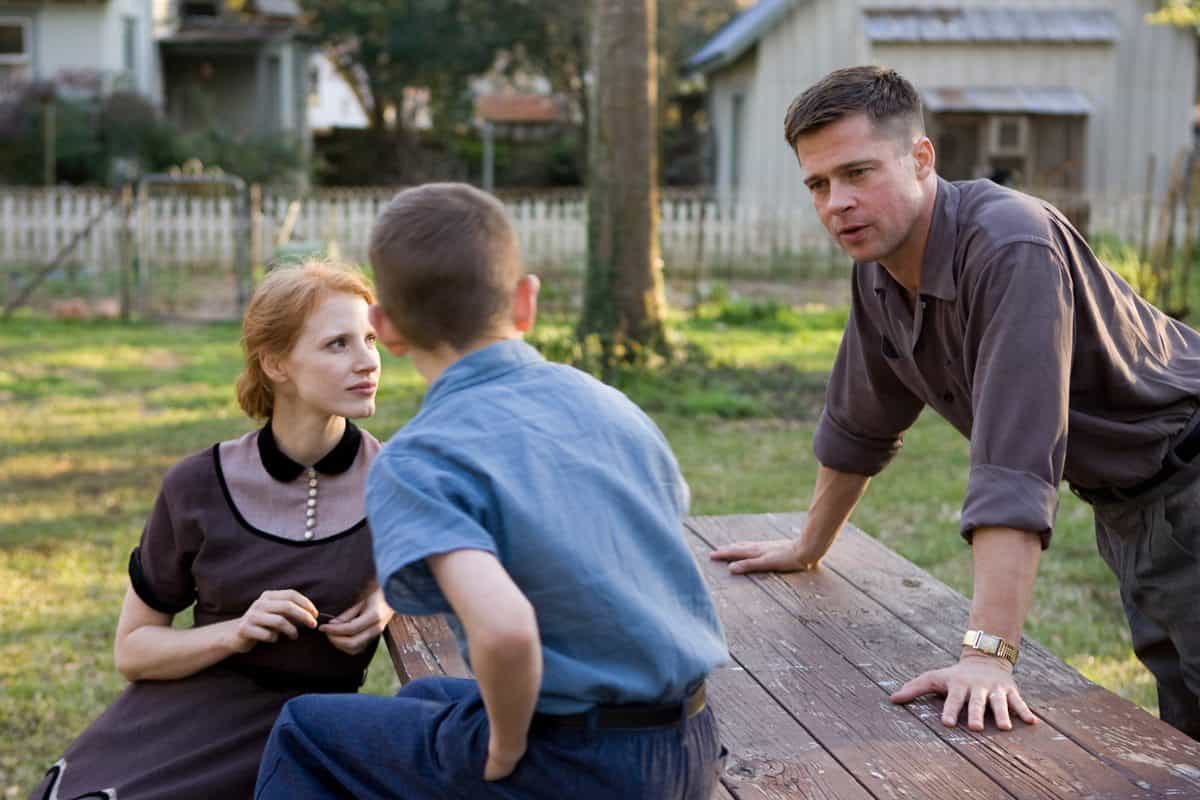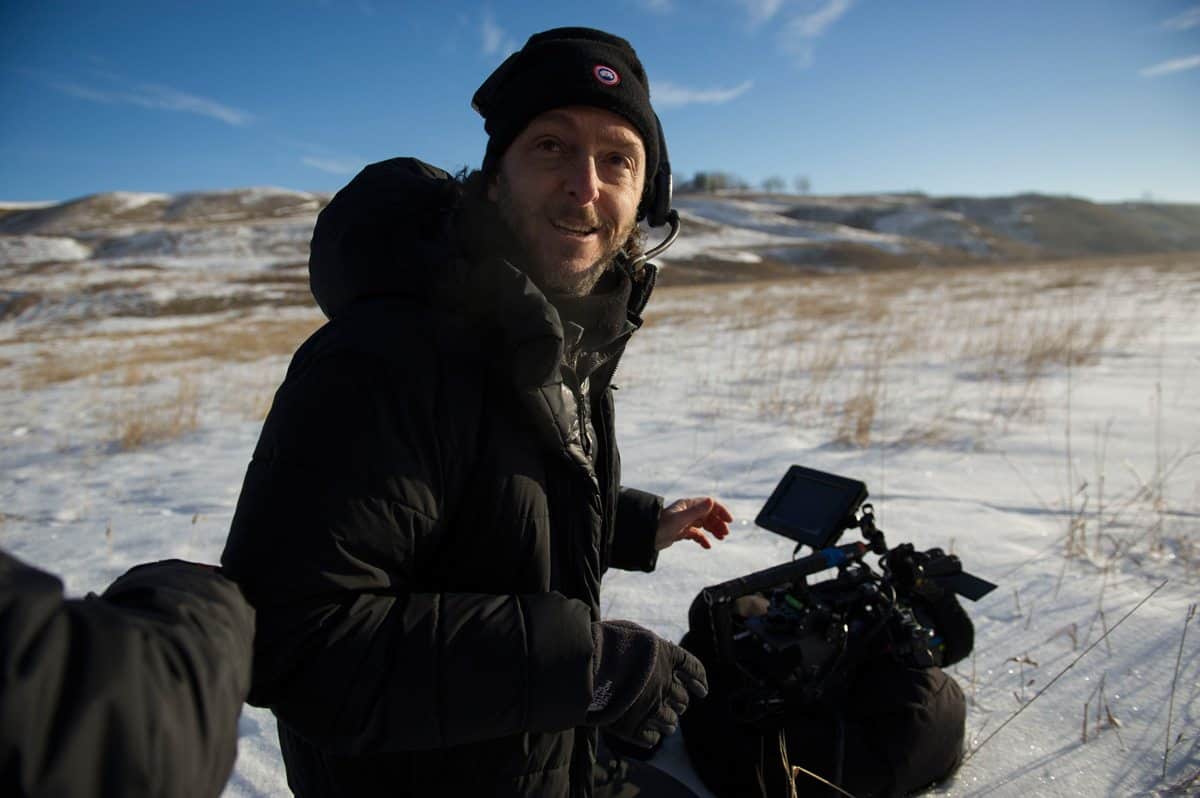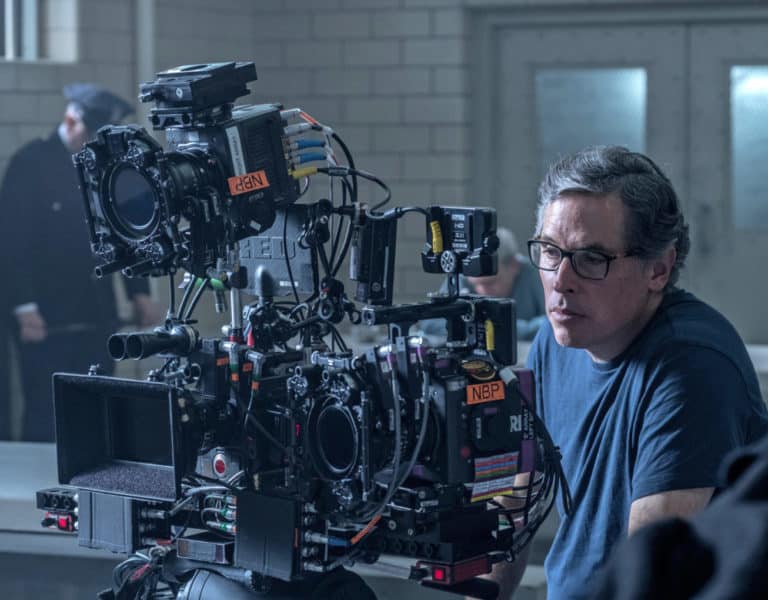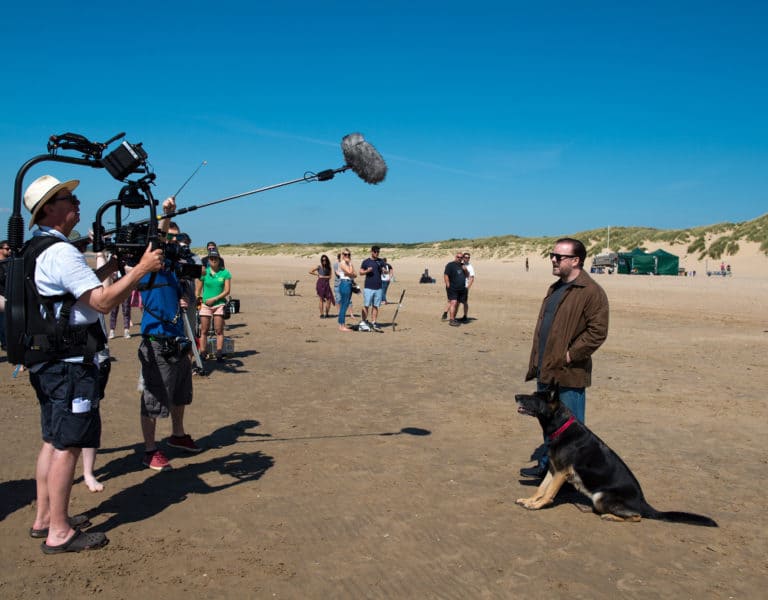The Meaning of Life
Emmanuel Lubezki AMC, ASC / The Tree of Life

The Meaning of Life
Emmanuel Lubezki AMC, ASC / The Tree of Life
Terence Malick is a master whose unique sensibility is behind films like Badlands, Days Of Heaven and The Thin Red Line. Emmanuel Lubezki AMC ASC, the grandson of a Russian-born actress who emigrated to Mexico to escape the Bolshevik revolution, made a splash with Like Water For Chocolate, and went on to photograph Y Tu Mama Tambien, A Little Princess, Ali, Lemony Snicket’s A Series of Unfortunate Events, Burn After Reading, and Children Of Men, which earned him a BAFTA Award in 2006.
Malick and Lubezki first put their heads together years ago. Malick was interested in collaborating with Lubezki on a cinematic biography of Che Guevara. Lubezki read the script and suggested a naturalistic approach to the images that was akin to documentary filmmaking. The duo came up with a list of guidelines for the project, which they called their “dogma.” The idea was to capture life through a man’s point of view. The camera would often be handheld, capturing the story with existing light.
That project fell through, but later, the duo reunited for The New World (2005), where they applied the dogma. But the simple approach to movement and lighting didn’t mean that image quality suffered. The New World incorporated images shot on 65mm film and earned Lubezki one of his four Oscar nominations.
For their latest project, The Tree of Life, Malick and Lubezki developed a similar strategy. The filmmakers shot almost exclusively under available light, and once again used a mix of 35mm film and regular 65mm, as well as the huge IMAX format. The film is described as a journey from the innocence of childhood to a disillusioned adulthood, and a quest to regain meaning in life. The Tree of Life stars Brad Pitt, Sean Penn and Jessica Chastain, and is slated to premier at the Cannes Film Festival in May.

Lubezki says that filmmaking with Malick is unlike any other collaboration he has joined. “It’s incredibly difficult,” he says. “Our shooting ratio is high. We joke that we are like fishermen. We are trying to get little bits from a river that is constantly flowing. Sometimes you catch one or two, and sometimes you don’t. It’s very nerve-wracking. Sometimes it seems like he is almost trying to create a mistake, to take the actors and the camera to a place where they are going to crash. And it’s those little accidents, those little moments, that are in the film and look naturalistic. Those are the truly visually expressive moments.”
Lubezki says that Malick never imposes himself on the situation the way a conventional Hollywood director might. “With those conventional films, the most important thing is to finish the day,” says the cinematographer. “You put up a big silk so you can control the situation and eliminate surprises. On The Tree of Life, it was the opposite. We used real light, and the sun, wind and rain and other elements that came our way became part of the story. A very important theme in the movie is the constant passing of things, the changes and flow that are part of life. By not imposing yourself on nature, you are able to catch these very fleeting, ephemeral moments. That theme had a parallel in our approach to the filmmaking.”
The “dogma” or set of guidelines they fine-tuned for this film included an edict to achieve maximum resolution whenever possible. “We would have preferred to shoot the entire movie in IMAX,” says Lubezki. “When the 65mm and IMAX scenes do appear in the movie, they give you a jolt. It’s a feeling of enhancement and majesty. It’s almost as if someone cleaned off the window you were looking through.
“The images in Terry’s films are very, very important to him,” he continues. “Since I first met him many years ago, I have felt that Terry is trying to make films, and to express himself, without using the part of film’s DNA that comes from other arts like theatre and literature. Sometimes he says to me, ‘Dialogue is not what I’m trying to capture. I’m trying to capture an emotion, and I want to do that visually.’ I think he has succeeded, and that’s why his films are so strong. When you leave the theatre, you have been affected in a way that is very hard to put into words or explain.”
Lubezki, who operated most of the handheld material himself, used ARRI LT and 235 cameras, as well as a Panavision camera for 65 mm scenes. The lenses were generally ARRI Master Primes. The film stocks were Kodak Vision2 500T 5218 and 200T 5217.
The final aspect ratio will be 1.85:1. “For The New World, we shot anamorphic and we really liked it,” he says. “We wanted to use anamorphic again, but this film deals with kids growing up, from early infancy to 13 and 14 years old. We knew that would be very hard for the focus puller. We felt going anamorphic would bring down our average a couple of points, in terms of how many ‘fish’ we could catch. We decided to make it a little easier on ourselves and shoot spherical, but image-wise, I miss anamorphic.
“Film has been an important aspect of our method, especially the new negative films that Kodak produces,” says Lubezki. “As we prepped this film a few years ago, we saw nothing in the digital world that resembled or came close to the latitude of film. The cameras and lenses we have now are the best we’ve ever had. Also, there are some scenes in the film like an eclipse that Terry filmed 25 years ago, that show film’s beauty and longevity. Terry has been thinking about this project for a long time.”
"On The Tree of Life, we used real light, and the sun, wind and rain and other elements that came our way became part of the story. A very important theme in the movie is the constant passing of things, the changes and flow that are part of life."
- Emmanuel Lubezki AMC, ASC
Lubezki and his team had to learn to work without augmenting light. There were only two or three exceptions, one being a large church interior where they brought HMI light through windows to create sufficient ambiance for exposure.
“Once you start shooting without film lights, and you go twenty days without using an HMI, if you then put up film lights, they look really bad,” he says. “It just doesn’t make sense. If you really look carefully at natural light, you realize how complex it is, and how it’s constantly shifting. When you put up an HMI and diffusion or bounce, it’s very monochromatic and has a different feeling. So we burned our bridges, and sent all the lights back to the rental house.”
Lubezki says that one key to successfully shooting without movie lights is to have collaborators who know how to adapt. “You can do this with Terry because he really understands lighting and camera very well,” he says. “If we are inside a house and it’s not working, instead of bringing in lights, he would rewrite the scene and reassemble it outside. Or we’d shoot something else, and come back the next day when it was sunnier. The production was very agile in that sense. Also, the production designer, Jack Fisk, made the entire film possible. In the house that was one of our main locations, he added some windows in key places that became the main sources of light.”
Fisk also dressed six entire blocks of a small Texas town near Austin, so the company could shoot in almost any direction. Other locations included natural landscapes in Iceland, Palau, Hawaii, southern Chile and other remote places. Other units – Lubezki says they should not be relegated to “second” status – shot some of that footage, usually in 35 mm.
Another of Lubezki’s key collaborators is Jörg Widmer, who operates B camera when Lubezki is handholding, and sometimes handles Steadicam duties. “We have shot more than 2 million feet of film together,” says Lubezki. “In these unlit situations, I can give him my remote iris control, and he exposes the shot for me as I operate. When he is operating, I take the iris control. We work very closely, always talking. An example would be a shot where the camera goes from a dark room or closet, through a living room, and then looks out the window at something. You can go from f/1.4 to 16 in one shot. To change the iris without the audience realizing it, you really have to know what you’re doing. It’s very difficult, and we couldn’t have done the movie the way we did it without that skill and experience.”

The process on a Malick film also differs from the norm in that shooting goes on almost constantly. “Less equipment means that we have more chances to create those special moments,” says Lubezki. “The actors don’t have to walk through a forest of C-stands, and we are usually able to shoot in any direction. That makes it hard for the art and wardrobe departments. Everybody has to be ready at all times. On a normal movie, the actors come from the trailers, the scene is blocked, and then we have 30 minutes or so to light, and the actors go back to their trailers. There’s a lot of down time for the actors. But here, we are constantly trying to get something. When the weather changes, it’s just another opportunity for an accidental moment. You have to be ready when the fish are jumping.”
The postproduction for The Tree of Life was handled at LaserPacific and at EFilm in Los Angeles. The version that is released wide to theaters will take advantage of a full 4K DI path. An uncut, six-hour version is also planned. “The DI was very simple,” says the cinematographer. “We didn’t want to alter what we had gotten on film. We used no windows and no heavy secondary colour correction.”
Creating and capturing those unrehearsed moments was exhausting, yet exhilarating. “Terry does not set up the scene in a theatrical way,” says Lubezki. “He is setting up a scene in order to create little moments that feel real. Our job is to catch them, as though we are shooting a documentary, where you capture things by chance, unplanned. If you came to the set and watched us work, you might think that nobody knows what they’re doing. But it’s those little moments – people call them happy accidents – that end up in the film.”










